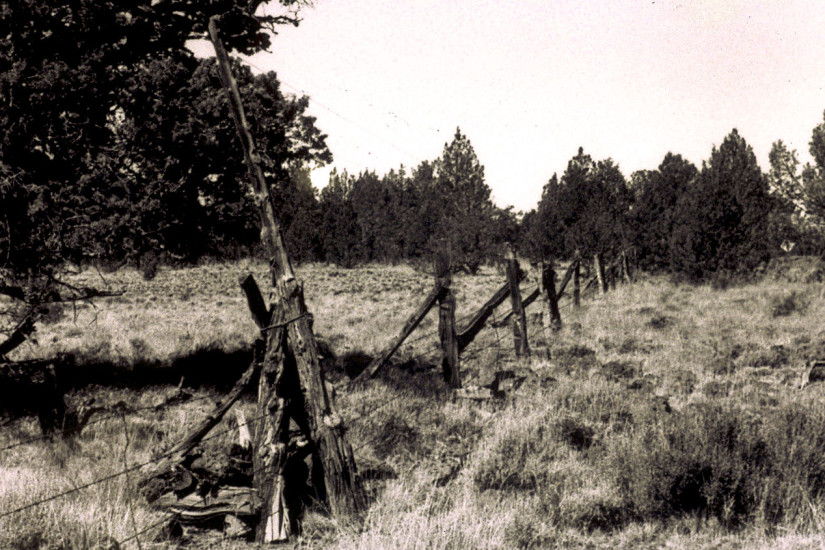In April 1877, when John Wesley Powell stood in front of the National Academy of Sciences’ annual meeting in Washington, D.C., everyone in the room knew the details of his daring passage on a tiny rowboat down the Colorado River and through the Grand Canyon eight years before. No mere tough guy, Powell was a formidable surveyor who would soon head the U.S. Geological Survey. He had climbed, walked, and boated through more of the American West than any white man, and had something to say about William Gilpin’s astounding claims.
He unrolled a document carefully with his left hand—he’d lost his right arm during the Civil War—to reveal a map of the continental United States. On it, he had drawn a vertical line, technically an isohyet, beginning in central Texas and rising up through Kansas, east of Nebraska, and through Minnesota and the Dakotas, approximating the 100th meridian. This startlingly simple line forced its viewers to visualize the American nation not in terms of political boundaries, but by its climate: It delineated the arid West from the forested East, land that received 20 or more inches of rain from that which received less. He chose 20 inches as his dividing point because that was the minimum necessary to conduct conventional agriculture without irrigation. The map illustrated forcefully how much of the American West, with some notable exceptions in the Pacific Northwest, was unfarmable.
Although this insight may seem self-evident today, it was revolutionary in Powell’s time; his maps were arguably as stunning to behold in the 19th century as NASA’s photographs of Earth from space were in the 20th.
One year later, he released his seminal Report on the Lands of the Arid Region of the United States, which put forward the first scientific and detailed understanding of the climate system of the American West. The important book, noted the writer Wallace Stegner, was “loaded with dynamite.” Here was clear-cut information and data that could rationally direct federal land-management policy.
The map and the report amounted to a full-frontal assault on the federal land-grant system, still rooted in the 1862 Homestead Act’s stipulation that any American adult could receive 160 acres, contingent upon demonstrating an ability not just to live on the parcel but also to improve it. However well that system worked in Wisconsin or Illinois, Powell’s research suggested, the arid West could not support such relatively small homesteads.
